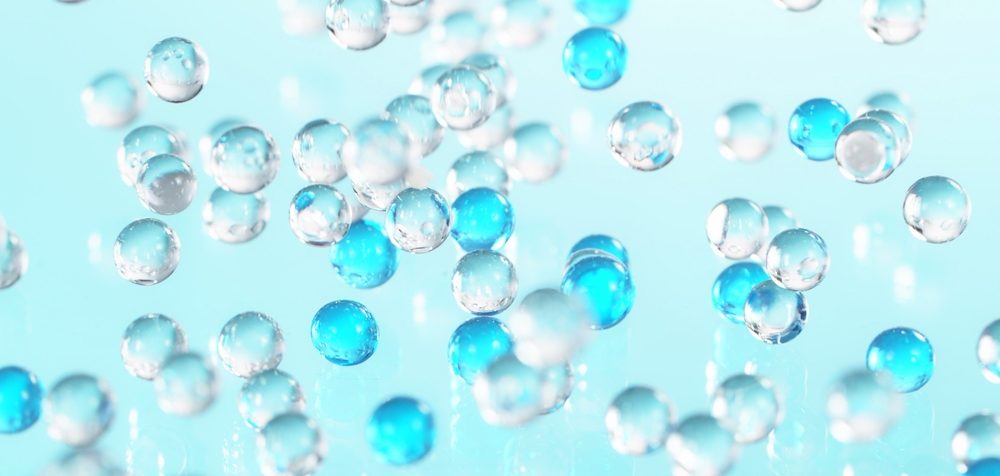
A research team led by Dr. Emilio I. Alarcón from the University of Ottawa has developed peptide-based hydrogels that are designed to close skin wounds, administer therapeutic agents to damaged heart tissue, and repair and reshape injured corneas.
“We are using peptides to fabricate therapeutic solutions. The team is drawing inspiration from nature to develop simple solutions for wound closure and tissue repair,” said Dr. Alarcón, director at the BioEngineering and Therapeutic Solutions (BEaTS) group at the University of Ottawa Heart Institute.
Most hydrogels currently used in tissue engineering are animal-derived and protein-based materials, but the biomaterial created by this team uses engineered peptides, making it more clinically translatable.
“Despite millennia of evolution, the human response to wound healing still remains imperfect,” said Dr. Ruel, co-teal leader and a professor in the uOttawa Faculty of Medicine’s Department of Cellular and Molecular Medicine. “We see maladapted scarring in everything from skin incisions to eye injuries, to heart repair after a myocardial infarction. Drs. Alarcón, Suuronen, and the rest of our team have focused on this problem for almost two decades. The publication by Dr. Alarcón in Advanced Functional Materials reveals a novel way to make wound healing, organ healing, and even basic scarring after surgery much more therapeutically modulatable and, therefore, optimizable for human health.”
The team’s hydrogels are designed to be customizable, making the durable material adaptable for use in a broad range of tissues.
“We were in fact very surprised by the range of applications our materials can achieve,” says Dr. Alarcón. “Our technology offers an integrated solution that is customizable depending on the targeted tissue.”
Dr. Alarcón states that the biomimetic hydrogels are not only highly effective, but their application is far simpler and cost-effective than other regenerative approaches. The materials are engineered in a low-cost and scalable manner, and the team is also working on devising a rapid-screening system that will enable them to significantly decrease the design costs and testing times.
“This significant reduction in cost and time not only makes our material more economically viable but also accelerates its potential for clinical use,” Dr. Alarcón said.
